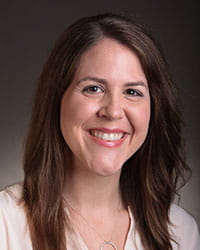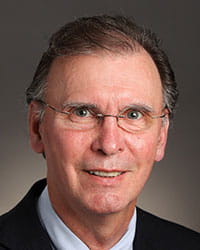20 Years Later: Nitrous Oxide Remains a Popular Analgesic/Anxiolytic Method, Despite Parental Concerns
Published September/October 2016
Pediatric Dentistry
A 20-year survey of nitrous oxide analgesia/anxiolysis practices in pediatric dentistry shows that a greater percentage of dentists use nitrous oxide (N2O) today, and they are more likely than their 1996 counterparts to feel that children need it—even at a time when parental safety concerns are potentially rising.
Investigators at Cincinnati Children’s led the analysis of surveys involving 1,162 members of the American Academy of Pediatric Dentistry. They found that most—97 percent in 2015 vs. 85 percent in 1996—use N2O in their practices. In both surveys, 40 percent indicated they do not use N2O in conjunction with other sedating agents.
Dentists say they use N2O to calm children, prevent gagging, and aid distraction. Non-users say their patients do not need it, they do not personally like it, or that it slows procedures. Over the years, the percentage of dentists’ patient pools requiring N2O rose to 61 to 80 percent in 2015 vs. 1 to 20 percent in 1996.
The largest 20-year change was greater use of in-office monitoring equipment when utilizing N2O in conjunction with other sedative agents in 2015. Another striking difference is that 88 percent of 2015 dentists kept a sedation record compared to 41 percent in 1996; most likely the result of increased compliance with APPD guidelines, according to co-researchers Stephen Wilson, DMD, MA, PhD, (retired from the Division of Pediatric Dentistry), and Elizabeth Gosnell, DMD, MS.
Although not surveyed in 1996, more than half (51 percent) of 2015 parents expressed concerns about the safety of N2O, the depth or duration of sedation/anesthesia, and potential effects on children’s brains. Dental personnel were less likely to raise safety concerns in 2015 (14.2 percent) vs. 1996 (23.8 percent). Their top concern was the potential effect N2O may have on reproduction.






